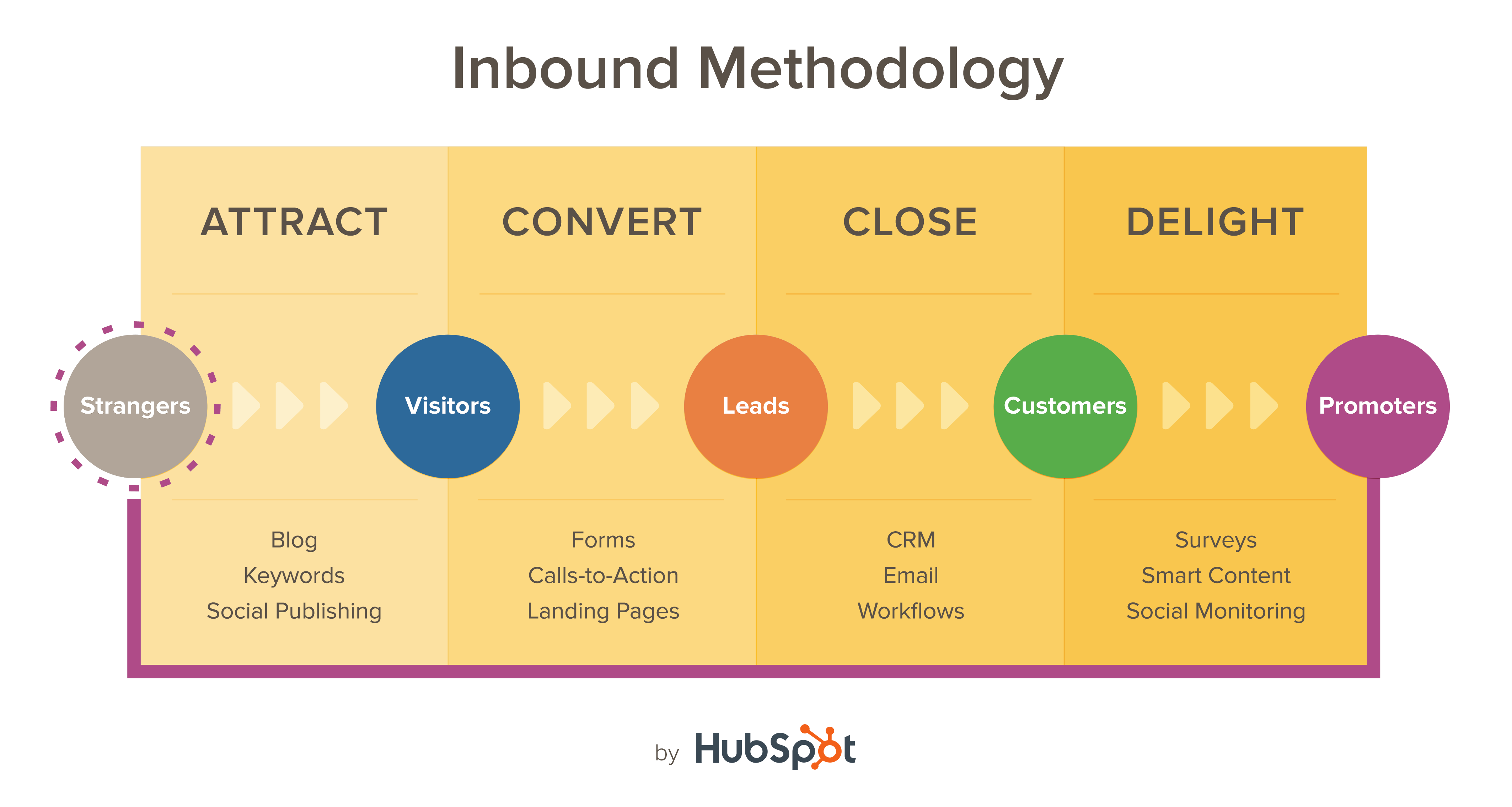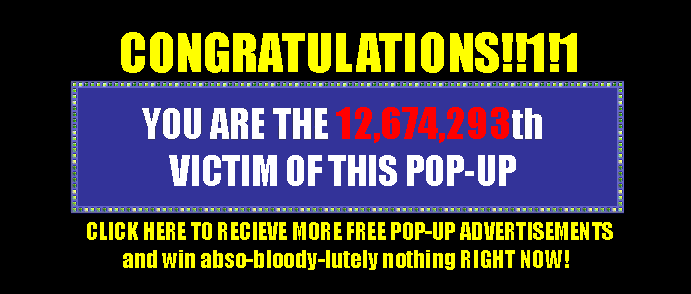“No more budget for this year.” Oh, I can’t remember how many times in my career I heard (or even said) that. I risk saying that this is what marketers listen the most, especially in small to medium size companies. For many years, Marketing and Communications budgets had to be huge as they used to involve a series of tools and activities to fulfill traditional marketing spendings with events and costly advertising campaigns. And that was how Marketing gained the unfair reputation of being the department which “just spend a lot of money”.
Adverts in radio, TV, magazines and newspapers, advertising and PR agencies fees, expensive events and sponsorships, direct mail, call-center maintenance and an endless cost with printing, collateral, gifts etc. These investments are mostly related to Outbound Marketing (aka Traditional Marketing), which, simply put, is the transmission of marketing messages to as many people as possible, through aggressive techniques.
Traditional media is expensive. On top of that, every time that the budget needs to be cut, the impact is usually huge. For example: if you cut off sponsorship of an annual event in which your company has always participated, your brand might practically disappear. The same happens if you have always announced on TV or papers, and need to cut out this cost: your brand is gone.
Another disadvantage of Outbound Marketing is the effort in acting massively to reach just a small percentage of an audience that might even not correspond to your target. What’s more, calculating the ROI of this type of action is way harder and not always accurate. How would you measure how many people were impacted by your TV commercial, for example? And among these people, how many of them correspond to your target audience?
Inbound Marketing appears, then, as the right solution not only for companies that dispose of a reduced budget but also for organizations that want to attract the right audience, with way more targeted initiatives that allow more accurate measurement. Unfortunately, not all industries may rely solely on Inbound strategies due to their business nature. They would still have to work with Outbound strategies to reach their audience, but they can also start adding Inbound to their Marketing Mix.
Inbound Marketing consists of attracting the customer’s interest through relevant content, so he can come to you – instead of having to reach out to tons of people to reach only a small percentage of it.

Ok, got it! So, Inbound Marketing and Content Marketing are the same!
Mmm… not really. According to Hubspot, Inbound Marketing is a “methodology centred on the creation of good quality content that will attract people to your company and product”.
As they say, content is the fuel of your Inbound strategy, as you need content to keep your Inbound strategy alive. Consumers are attracted to your business because something special catches their attention. It’s not because they are bombarded by proposals that invade their days. Blog posts, social media actions, videos, newsletters and other tools are usually the first pieces of content that attract readers to your website and have the capability of initiating those readers on your Marketing Funnel path.

So your client can keep advancing through your funnel stages, you need to ensure to nurture this relationship in each one of its phases, always with relevant content. You can have different journeys based on the customer’s need or on the variety of services you have to offer (we will talk about that on another post). Through landing pages, where your visitor will fill out a form to have access to specific content (ebook, white paper, video, etc.), he gains the status of a lead, as you now will have the opportunity to keep nurturing this relationship.
By giving more relevant content to him, directed to his needs, he may start perceiving how your company can help him, and chances are that he will become your client. And, even after completing the buying lifecycle, the more informed and delighted he is about your company and your product or service, the higher the possibilities he will become an evangelist of your business.
However, it is imperative to keep in mind that creating relevant content for your business doesn’t necessarily mean talking about you, your product or your company. The focus should be, especially on the attraction phase, on helping the visitor in getting answers to his questions. This is not yet the moment to advertise your company. If you do the Inbound Marketing job the right way, you will get to this point later.
Ok, but how much is all of that?
The investment in Inbound Marketing will depend on the human resources you have, the automation tools you will contract to run your strategy, and the volume of content your company will need. However, Inbound Marketing can be way cheaper than the investment you would need to make in Traditional Marketing regularly to keep consistency and frequency.
Your spendings with media buying will be lower, as sponsored links, video ads or Google ads are way cheaper than print, TV or OOH media. Also, your actions will be very well targeted to the people who really have to do with your business. And if you have done the right job with the SEO of your website, you will also benefit from your ranking position, which will make you save some SEM and other paid media dollars, depending on the type of your business and its competition.
Another aspect that you need to consider is: if you need to cut off your marketing budget, your brand will not disappear out of nothing. Your content would have been already published, your website’s authority would have been already built, and you can keep your audience alive but posting relevant content, even if you need to reduce the frequency of it. Of course, over time, your brand visibility might be at risk, but if it is a temporary budget reduction, it would be a manageable situation.
Ok, so the more popular Digital Marketing becomes, the tendency is that the Outbound Marketing will disappear, right?
Wrong! Outbound Marketing is still vital for specific industries, especially to the consumer goods industry, banks, etc. Some businesses simply cannot rely only on Digital Marketing or Inbound Strategies, but the digital can definitely be part of their marketing mix as well.
Also, there are some actions online that follow the same principles of Outbound Marketing, but on the digital environment. Who has never been interrupted by random pop-ups on a website in the middle of a reading? Even though this kind of “interruption” tends to end on the online world very soon, as many marketers start to understand the power of well-done Inbound, it still happens. Unfortunately.

In addition to that, many offline actions go hand in hand with online activities, like offline events that are promoted through online contests, or partnerships between physical stores and digital businesses, etc.
How to choose between Inbound and Outbound?
Actually, this will depend on several factors: the type of your business, your strategy, what usually works best among your environment and competition, on your budget etc. It’s very common to have both approaches running together, as one may complement another, and not the opposite.
Maybe, for your type of business, a street team activation with leaflets may work better than an email marketing campaign; or a TV commercial might be more effective than a YouTube Ad. What you need to have in mind is the type of activity that resonates better with your audience and to your type of business.
Always remember that it is essential to measure the ROI of your actions – online or offline – as, based on these numbers, you will be able to direct your efforts to the most rentable channels for your Marketing Strategy. As Digital Marketing allows the measurement of clicks, conversions and sales, it ends us being more straightforward to prove the results on digital or even to optimize your strategy of the actions that are not performing as expected.
What you won’t be able to do anymore is not to insist with your manager when he says that there is no more budget for Marketing spendings. Be creative, revisit your marketing planning, convince him to give a chance to Inbound Marketing and roll up your sleeves up to get to the job!

